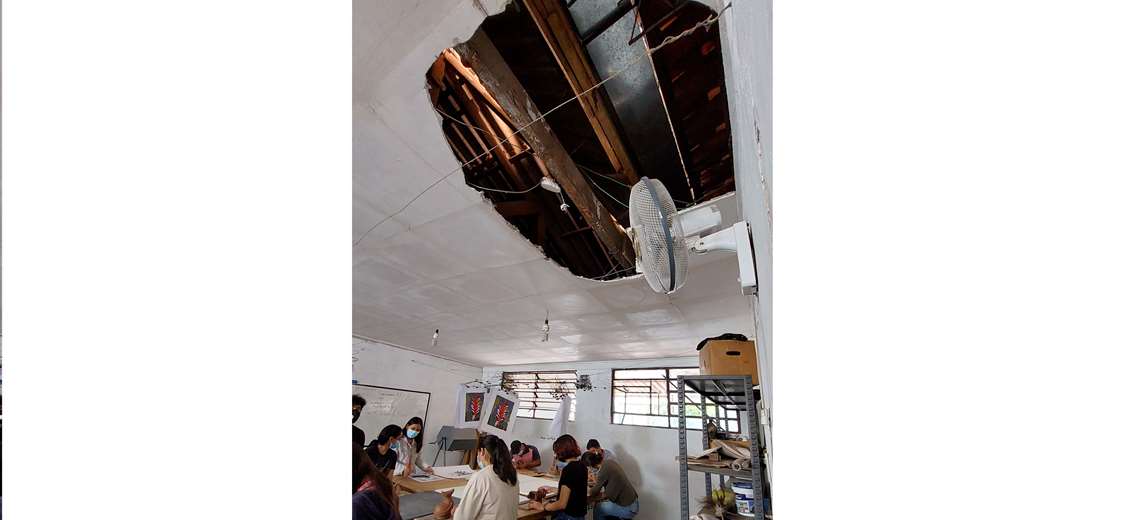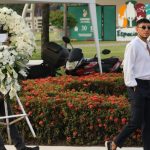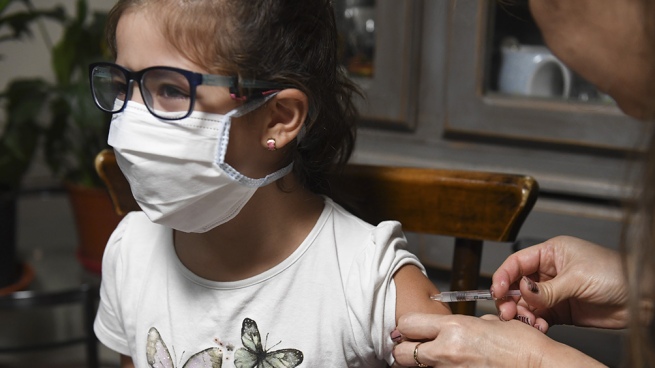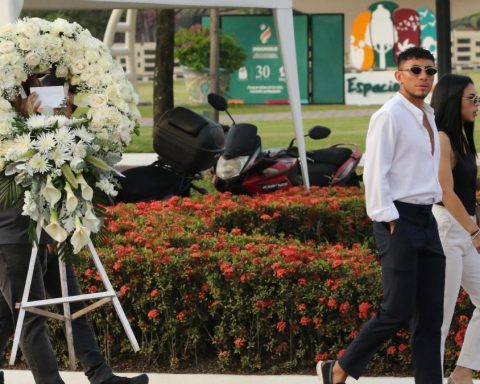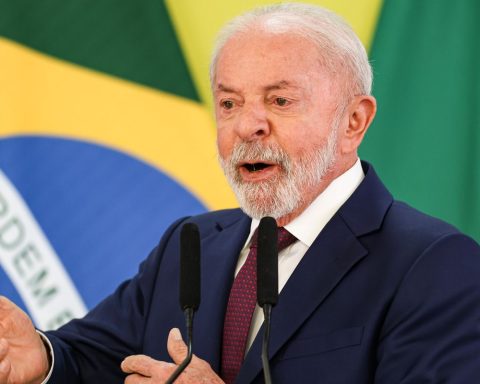Pedro Bazán, director of the Art career at the Gabriel René Moreno Autonomous University, he cannot believe the abandonment in which he and the students who attend the building on Seoane street find themselves every day. His claims to the relevant authorities fall on deaf ears. His requests have been ignored by deans and rectors.
The students have only one classroom for the theoretical classes, for that reason they continue to give them virtually this semester, and they don’t know what they are going to do for the next one, which will be face-to-face.
They have 35 unusable easels, so the students cannot do their painting practice. The same thing happens in the room where they rehearse drawing with a live model: the seats are in poor condition (This added to the fact that the director of the race pays the model out of his own pocket). The room for the painting and engraving workshop has a large hole in one wall, and a huge hole in the ceiling, due to leaks. “A week ago, teacher Tito Kuramotto had a fall due to the poor condition of one of the pieces of furniture. It could have been fatal,” Bazán said.
without teachers
They have three small bathrooms: one for the teachers, and the other two (each with only two toilets) for the 400 students that the school has. Added to that, They urgently need six new teachers to replace those who died in recent years.
Pedro Bazán is in charge of teaching those six subjects that have been left headless. “There are many teachers who are older and at any moment they are going to retire. For example, Lorgio Vaca is over 90 years old and has said several times that he is tired of teaching,” said Bazán, who also pointed out that it is difficult for other teachers to enter because the university requires a specific master’s degree in some branch of Art, something that few people in our environment have. “Some have a degree in Art and a master’s degree in Higher Education, but the university does not accept them,” added Bazán.
for months they ask for a security guard, since they are in an area that at certain hours becomes dangerous and the students are unprotected. They are victims of assaults very often.
“The art career was born 20 years ago, and since then nothing has changed. The race has been abandoned by all the efforts of the university. The building is practically collapsing,” Bazán said. “I asked the rector for a night watchman and he told me that this was not his competence, that I ask the dean of the faculty (of Habitat Sciences, Design and Art). The dean told me there was no money. But it’s not a lack of money, it’s a lack of will.”Bazan noted. EL DEBER tried to communicate with Robert Ribera, dean of the corresponding faculty, but as of the closing of this edition, Ribera did not respond.
Bazán has a project to build a four-story block where the bathrooms are located. The rooms for the four workshops needed by the students of the different specialties could be installed there. “It is a budget of Bs 1 million. We hope to get that money. The university can give us the amount,” Bazán emphasized.
unanswered letters
Both Bazán, as well as the students Ruth Alvarado and Jordy Vargas, from the Internal Center of the career, showed the letters that they have sent for months to the dean and the rector of the university, without obtaining anything. “Practically, the rector told us to manage as best we can,” Bazán said. “We can’t even manage petty cash because they don’t allow us to,” said the director.
Ruth Alvarado mentioned that the students have done several fundraising drives to buy paints and sanded and painted the walls themselves. They did so the previous week, since they wanted to have a good participation in the Long Night of the Museums, where in their own way they protested against this abandonment.
Jordy Vargas commented that if the university authorities continue to deny them aid, they will seek other forms of protest to achieve their goals.
Some classrooms are in these conditions (Photo: Ricardo Montero)
Closed in the 70’s
end of an era
The Art career was closed at the beginning of the dictatorship of Hugo Banzer, in 1971. At that time, in addition to Plastic Arts, it also offered the disciplines of Music and Dance. Pedro Bazán recalled that he even had five pianos that were withdrawn from the race. When it was reopened in 2000 it was only limited to the Plastic Arts.
